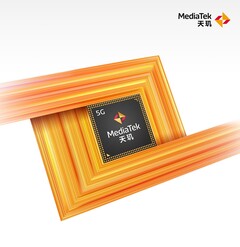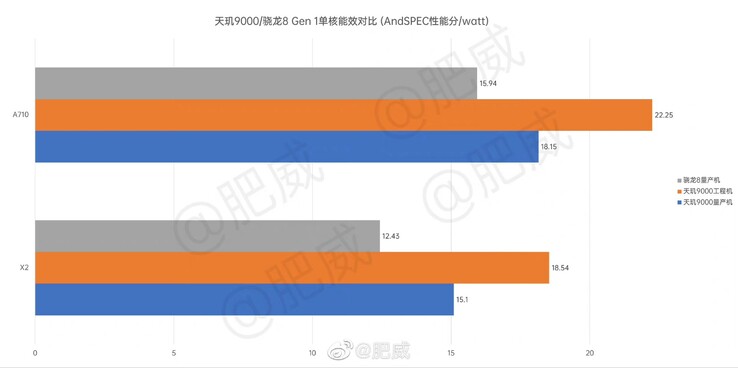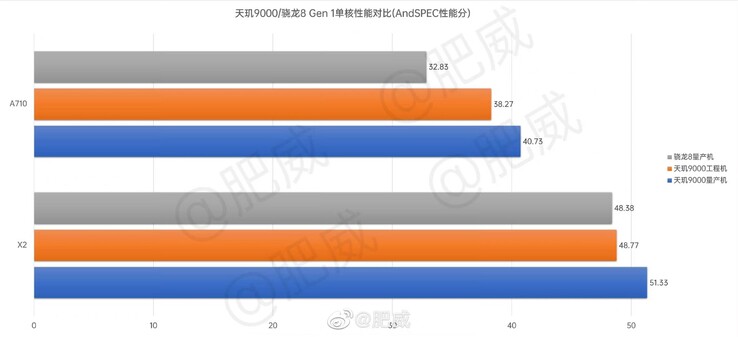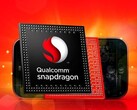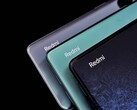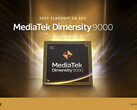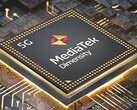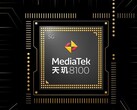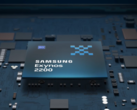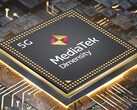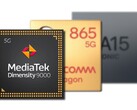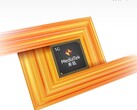The MediaTek Dimensity 9000 finally debuted on an actual smartphone, the OPPO Find X5, last week. Previously, all available benchmarks of the flagship chipset were run on a prototype device but the Dimensity 9000-powered OPPO Find X5 Pro has now been put through the typical benchmarks to provide a realistic idea of how the Dimensity 9000 performs. Results? Solid.
As tested on SPEC, the Snapdragon 8 Gen 1's A710 cores earn a score of 32.83. The Dimensity 9000 prototype scores 38.27, while the OPPO Find X5 scores 40.73. In terms of power consumption, the Snapdragon 8 Gen 1 consumes 2.06 W on the test, the prototype machine takes 1.72 W, and the OPPO Find X5 Pro eats up the most power with 2.24 W.
It appears that the OPPO Find X5 Pro's implementation offers better performance than the prototype machine, at the expense of more power consumption. That's expected, of course. Sadly, though, those numbers for the OPPO Find X5 Pro translate into worse performance than the prototype machine. The Dimensity 9000's A710 cores remain more efficient than the Snapdragon 8 Gen 1's, though, but by about 20% only, not over 40% as earlier benchmarks indicated.
It's a similar situation when comparing the chipsets' Cortex X2 super cores. The OPPO Find X5 Pro delivers about 7% more raw performance than the Snapdragon 8 Gen 1 while also taking about 10% less power. Both of those numbers again translate into around 20% better efficiency.
It's safe to say that the MediaTek Dimensity 9000 is both more powerful and more efficient than the Snapdragon 8 Gen 1—on the CPU side, at least. While the efficiency gap isn't as large as prototype benchmarks showed, TSMC's 4 nm node still flexes its muscles as being better than Samsung's alternative as used on the Snapdragon 8 Gen 1.


 Deutsch
Deutsch English
English Español
Español Français
Français Italiano
Italiano Nederlands
Nederlands Polski
Polski Português
Português Русский
Русский Türkçe
Türkçe Svenska
Svenska Chinese
Chinese Magyar
Magyar